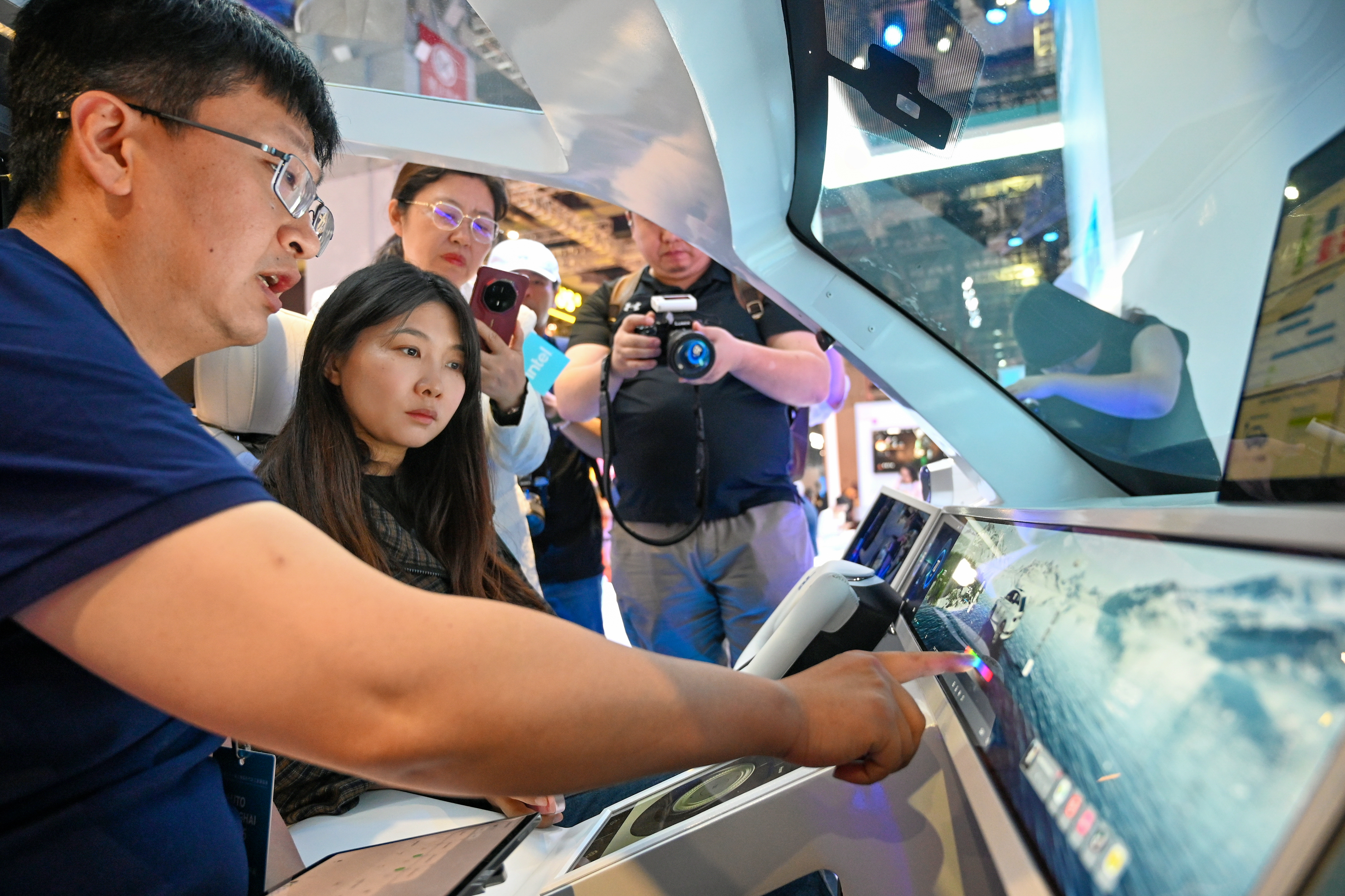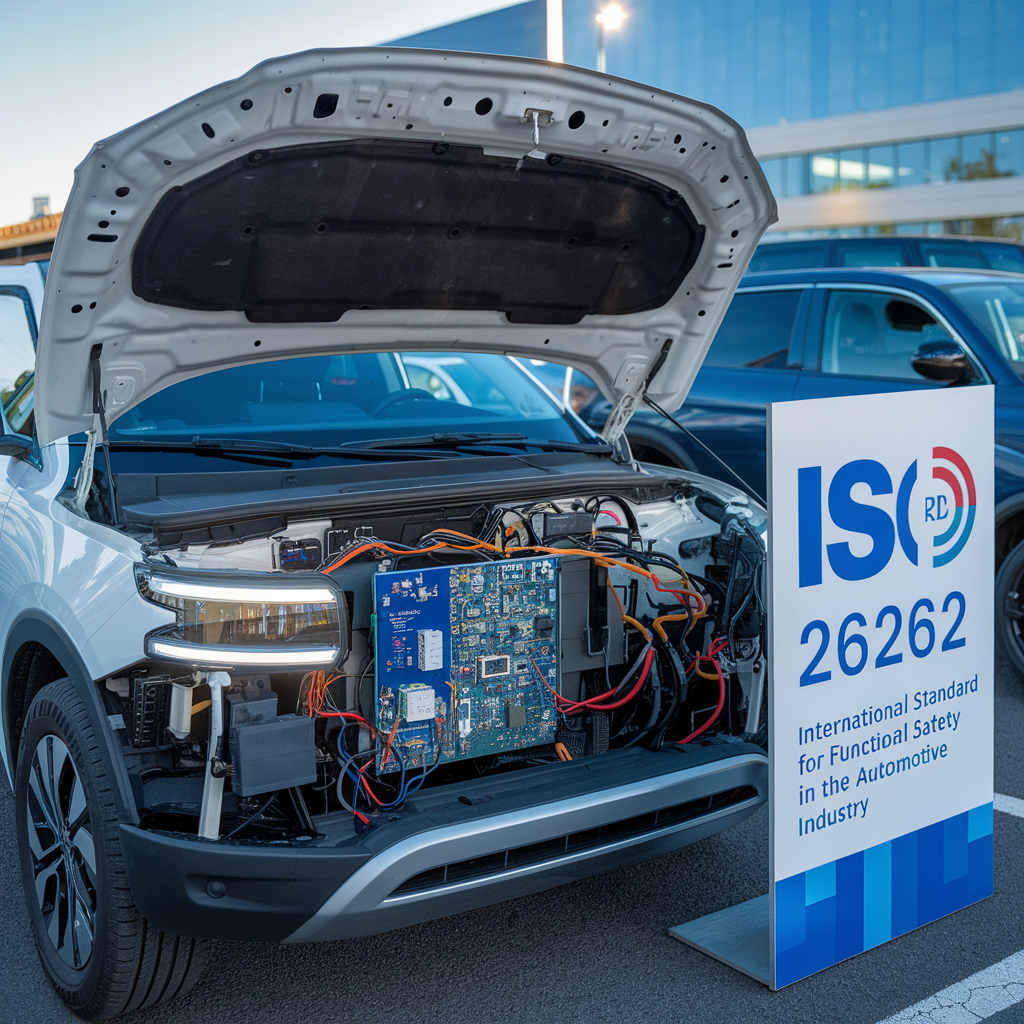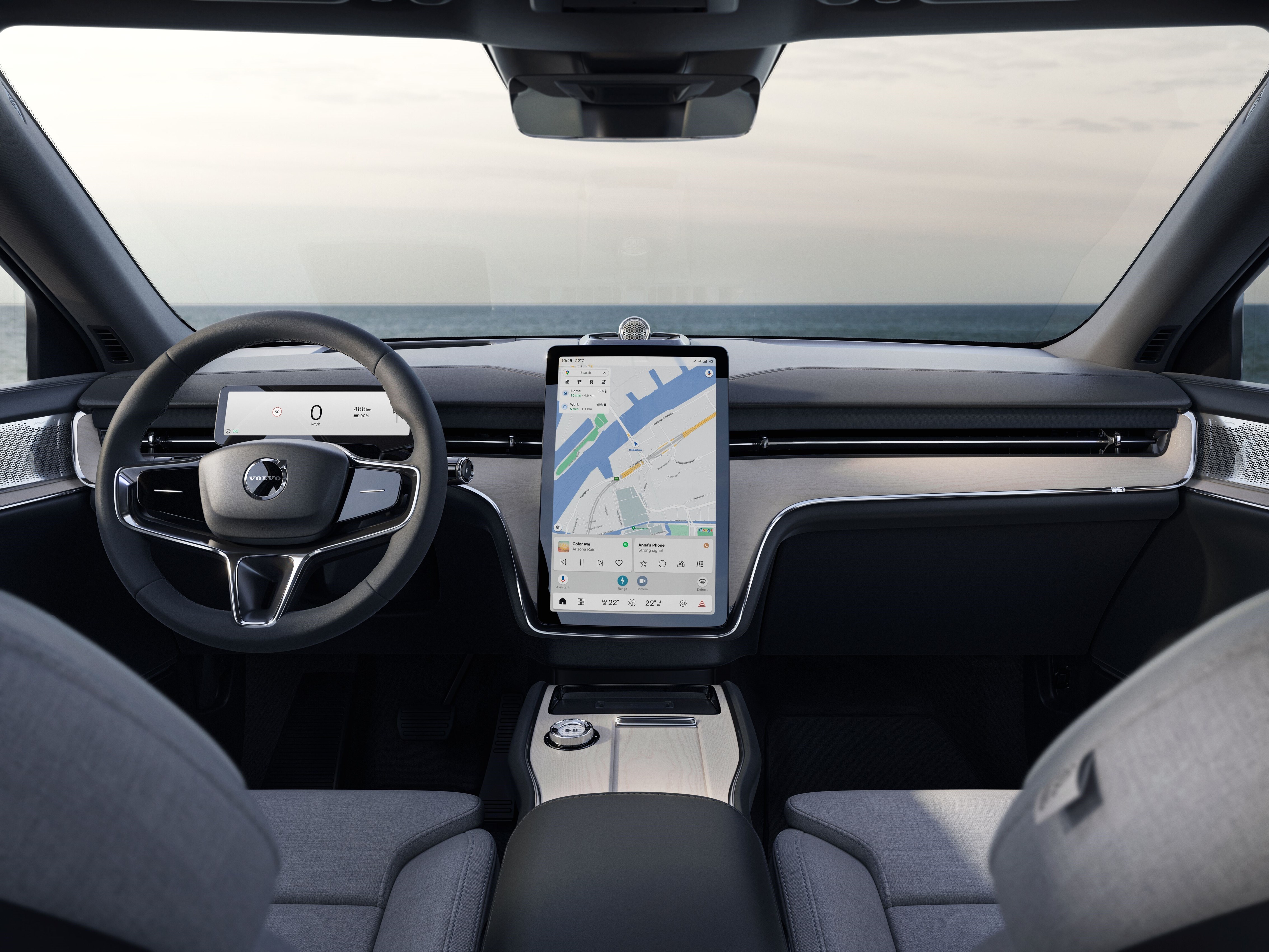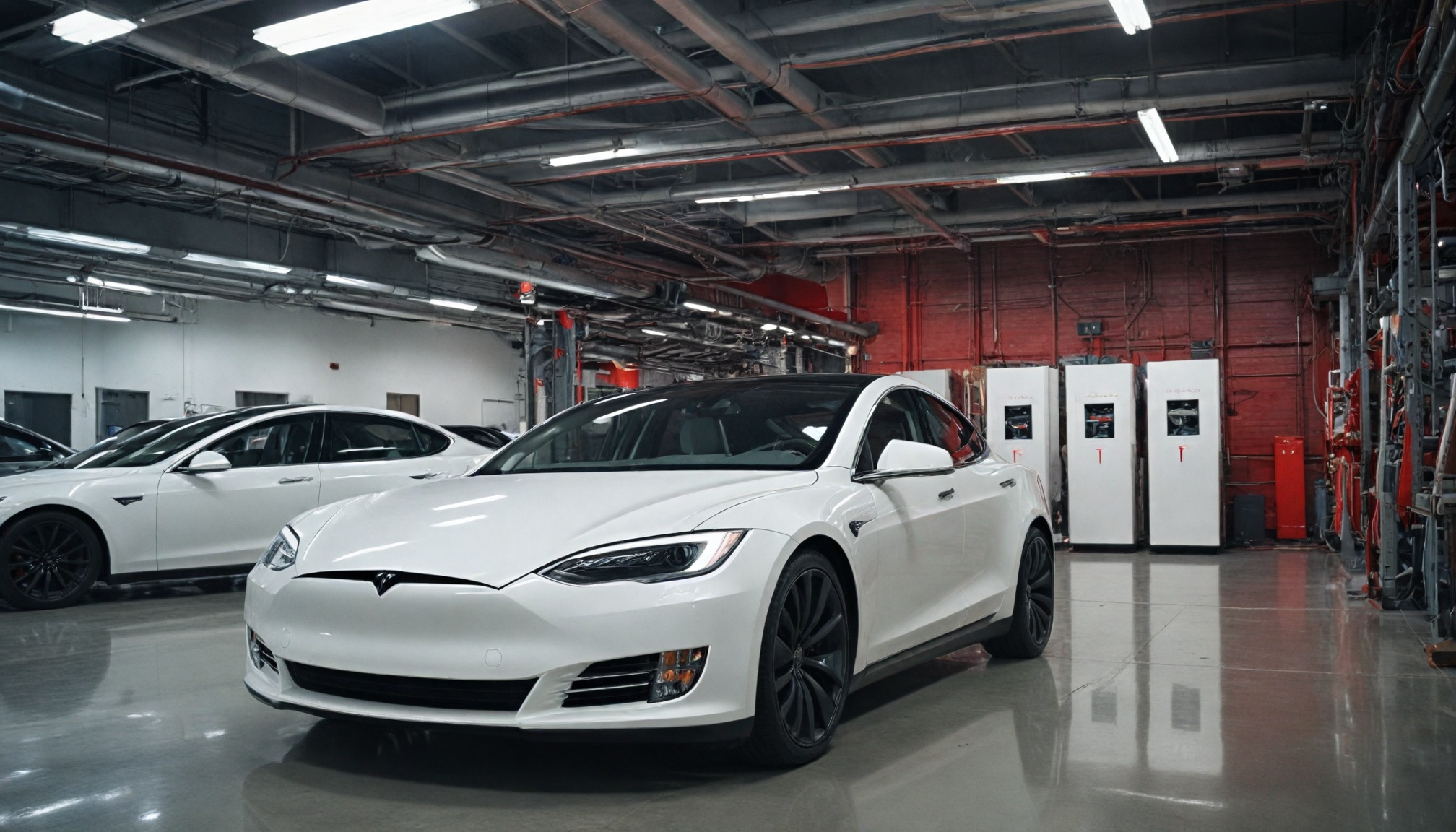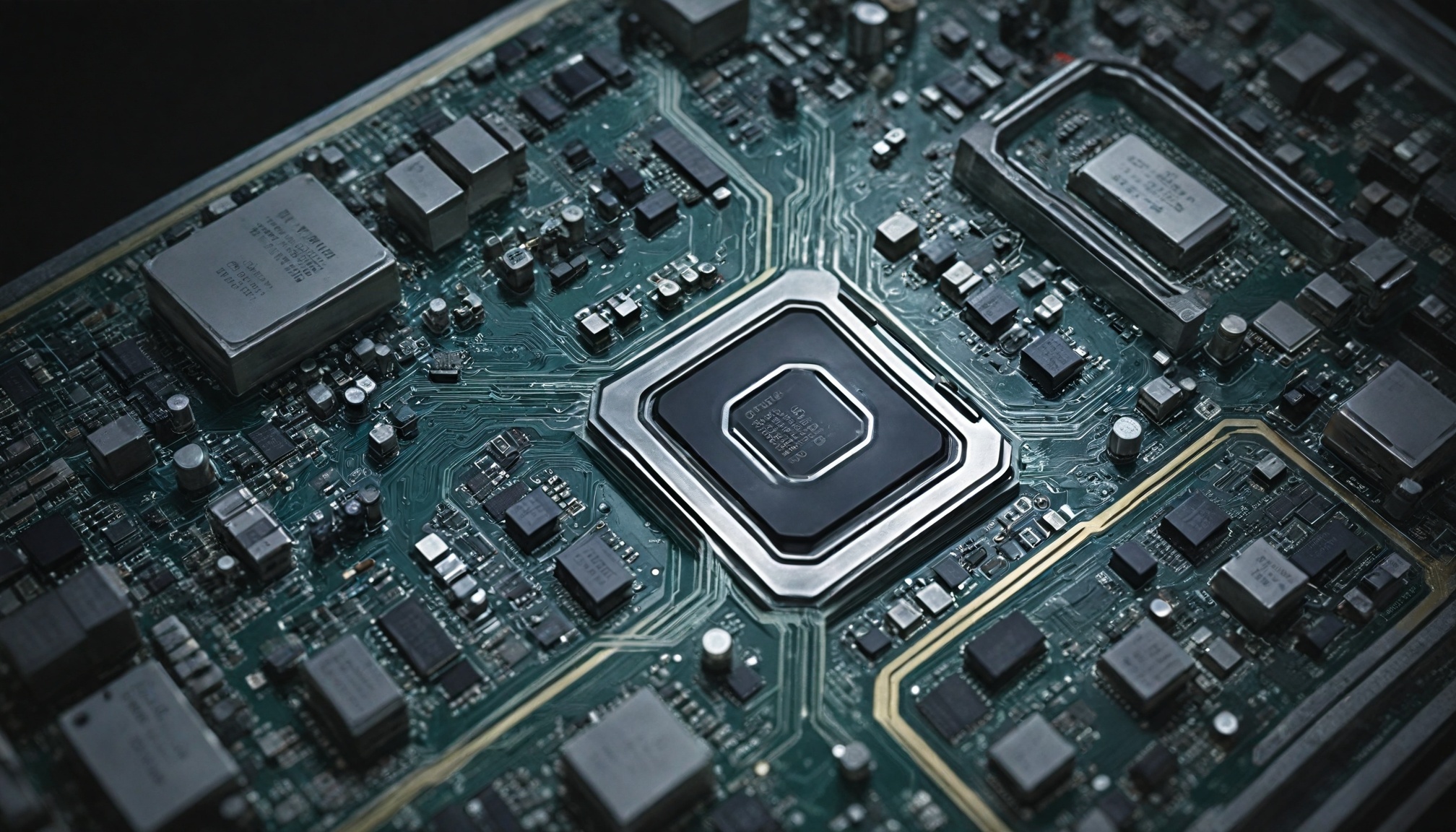
E-Series GPUs combine AI and graphics processing in edge devices, delivering 200 TOPS performance with 35% better power efficiency for automotive, consumer, and industrial applications.

Drivetech Partners
E-Series GPUs represent a revolutionary shift in computing that brings together high-performance graphics and advanced neural network processing in a single architecture designed for edge devices. These innovative GPUs enable sophisticated AI workloads to run directly on devices rather than in the cloud, delivering remarkable performance of up to 200 TOPS while maintaining energy efficiency through technologies like Burst Processors that reduce power consumption by 35%.
Key Takeaways
Unified architecture combines AI and graphics processing in a single chip, eliminating the need for separate accelerators
Scalable performance from 2 to 200 TOPS meets diverse requirements across automotive, consumer, and industrial applications
Advanced hardware virtualization supports up to 16 zero-overhead virtual machines for secure, isolated workloads
35% improved power efficiency compared to previous GPU generations makes these ideal for battery-powered devices
Comprehensive developer tools and API support simplify implementation and reduce time-to-market
Revolutionary Technical Architecture and Performance
The E-Series GPUs introduce a groundbreaking technical architecture that fundamentally changes how AI and graphics processing function at the edge. These processors deliver up to 200 TOPS (INT8/FP8) of AI performance in top configurations, positioning them as powerful contenders in the edge computing space. This represents a significant leap forward for on-device intelligence capabilities.
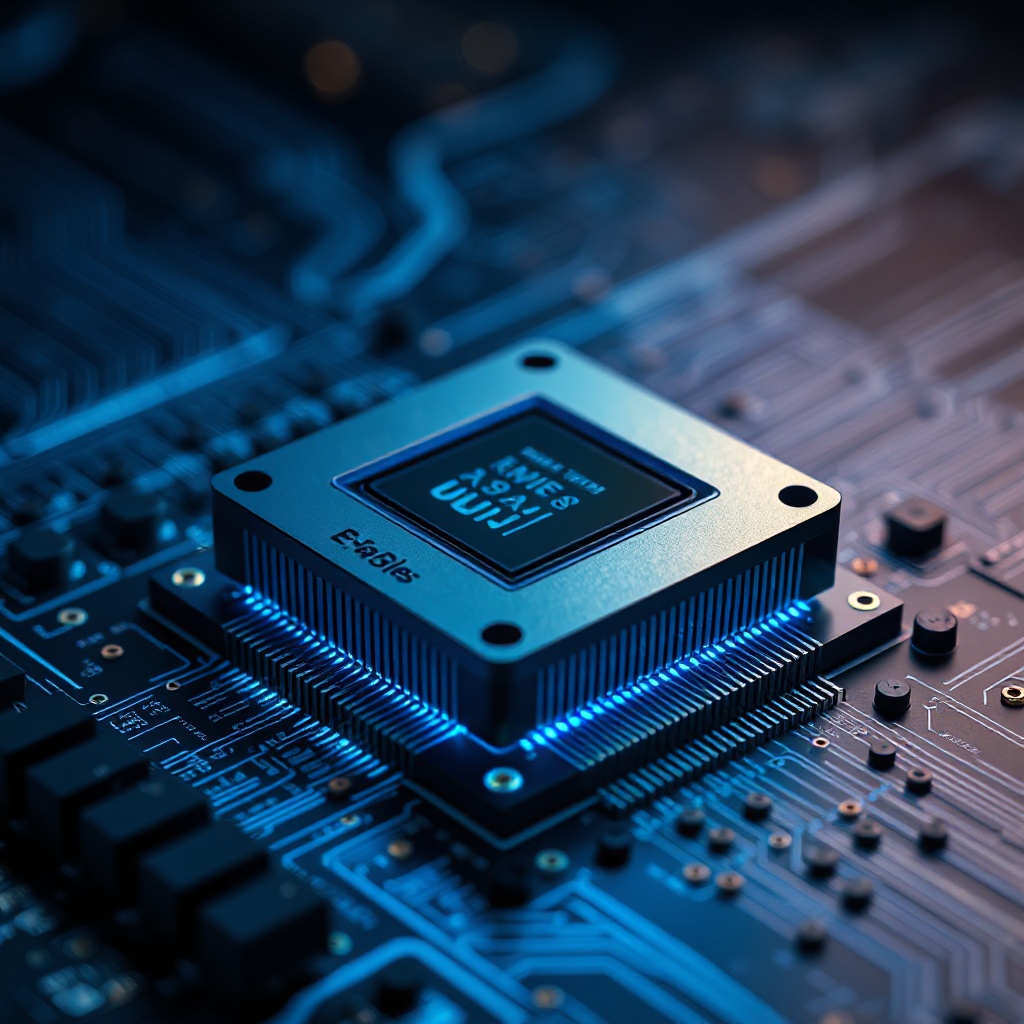
At the heart of these GPUs is the Burst Processors technology, which reduces power consumption by 35% compared to previous generation GPUs. This efficiency gain is crucial for deployment in power-constrained environments like mobile devices and autonomous vehicles. The architecture features an AI-friendly memory system that minimizes external memory access, resulting in faster and more energy-efficient operations.
The deeply integrated Neural Cores enable efficient inference of modern deep learning models, while still providing desktop-class graphics support. Select configurations even include next-generation features like advanced shader models and ray tracing capabilities. Perhaps most impressively, the scalable design spans from 2 TOPS to 200 TOPS, allowing manufacturers to address diverse device requirements with a single architecture family.
Advanced Virtualization and Security for Mission-Critical Applications
One of the most significant advances in the E-Series GPUs is the implementation of hardware virtualization that supports up to 16 zero-overhead virtual machines. This capability allows for secure, isolated execution of multiple AI and graphics workloads within a single GPU—a critical feature for systems where reliability and security are paramount.
This virtualization architecture enables multi-OS deployments with full isolation for safety-critical systems, such as those found in autonomous vehicles and medical devices. The GPUs include robust security features that protect sensitive AI models and data, which is increasingly important as more intelligence moves to edge devices.
The platform supports QoS prioritization and dynamic workload assignment across virtualized environments, ensuring critical tasks receive the necessary resources. Hardware-backed security provides defense against emerging threats to AI systems, including:
Model protection against extraction attempts
Secure execution environments for sensitive data processing
Isolation between different security domains
Cryptographic acceleration for secure communications
Unified Development Environment for Seamless AI and Graphics Integration
The E-Series GPUs offer a comprehensive development ecosystem that supports popular APIs including OpenCL, oneAPI, Apache TVM, and Imagination's compute libraries. This unified approach reduces integration complexity and accelerates time-to-market for device manufacturers by providing a single platform for both AI and graphics workloads.
This integration eliminates the need for separate AI accelerators or vector processors, reducing system design complexity and BOM costs. The programmable architecture future-proofs devices against evolving AI and graphics demands, allowing for software updates to support new models and techniques as they emerge.
Developers can use familiar tools while accessing advanced hardware capabilities, streamlining the deployment of sophisticated on-device intelligence with a comprehensive SDK. This unified approach creates a more accessible development path for creating applications that leverage both AI and graphics processing.
Transforming Automotive Intelligence and Safety Systems
In automotive applications, E-Series GPUs are revolutionizing vehicle systems by powering advanced driver-assistance systems (ADAS) and autonomous vehicle sensor fusion. These processors enable real-time analytics for predictive maintenance and vehicle optimization, creating safer and more efficient transportation.
The GPUs support the creation of immersive in-cabin experiences with voice, gesture, and gaze recognition, fundamentally changing how drivers and passengers interact with vehicles. Their high-reliability, low-latency operation is essential for safety-critical applications where milliseconds can make the difference in accident prevention.
A key advantage is the ability to run multiple isolated functions (infotainment, ADAS, monitoring) on a single hardware platform while meeting stringent automotive safety and reliability requirements. This consolidation reduces weight, power consumption, and complexity in vehicle designs.
Next-Generation Consumer Electronics Applications
Consumer electronics stand to gain significantly from E-Series GPUs, which enhance smart home hubs with on-device natural language processing and computer vision. These capabilities allow devices to respond to voice commands and visual cues without sending data to the cloud, improving both privacy and responsiveness.
Mobile gaming experiences benefit from advanced graphics and AI-enhanced features, while camera systems gain sophisticated capabilities including computational photography and real-time video enhancement. The processors can power generative AI applications directly on consumer devices, bringing capabilities previously limited to cloud services to phones and tablets.
E-Series GPUs also support extended reality (XR) applications with combined rendering and AI capabilities, enabling more immersive and responsive AR/VR experiences. They bring desktop-class AI features to power-constrained mobile and wearable devices, opening new possibilities for personal technology.
Industrial and Enterprise Edge Intelligence
In industrial settings, E-Series GPUs facilitate real-time analytics and predictive maintenance, helping to prevent equipment failures and optimize operations. They power smart factory vision systems for quality control and process optimization, enabling automated inspection with greater accuracy than human operators.
These processors enable autonomous robots and vehicles in warehouse and manufacturing environments, increasing efficiency and safety in material handling and logistics. They can support edge servers processing multiple AI workloads simultaneously, bringing intelligence closer to where data is generated.
By processing data locally, E-Series GPUs reduce latency and bandwidth costs associated with cloud processing. This local processing approach ensures privacy compliance by keeping sensitive data processing on-premise, addressing increasingly strict regulatory requirements in many industries.
Economic and Practical Benefits of Unified Architecture
The economic advantages of E-Series GPUs are compelling. They consolidate multiple computing functions into single hardware, reducing overall system costs and simplifying designs. The 35% power efficiency improvement translates to longer battery life in mobile devices and lower operational costs for fixed installations.
The scalable performance allows manufacturers to right-size for specific applications and price points, ensuring they don't overpay for unused capacity. Development complexity is reduced through a unified toolchain and programming model, accelerating time-to-market and lowering development costs.
The future-proof design accommodates emerging AI models and techniques through software updates, extending the useful life of devices. As a single vendor solution, E-Series GPUs simplify supply chain and support requirements for device manufacturers, streamlining operations and reducing overhead.
For companies developing next-generation edge devices, E-Series GPUs offer a compelling combination of performance, efficiency, and flexibility that addresses the growing demand for on-device intelligence across multiple market segments.
Sources
TechGig: E-Series GPUs Set to Revolutionize Edge Computing and Challenge Cloud Dominance
Imagination Technologies: Imagination Announces E-Series
Imagination Technologies: E-Series Products
CEVA: 2025 Edge AI Technology Report
